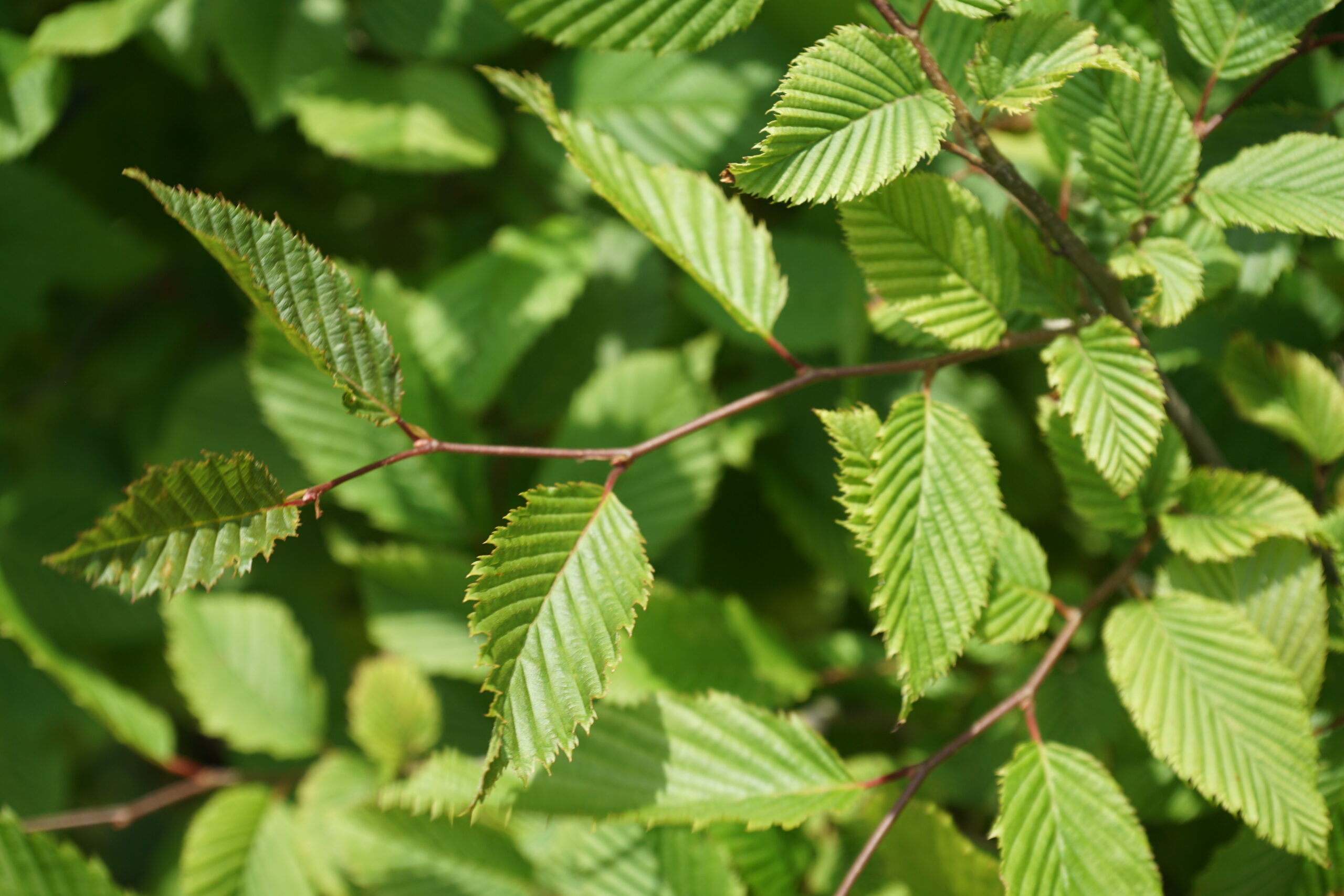Hedges are such a beautiful and useful addition to a garden! Have you ever found yourself admiring a large public garden where formal hedges play a central role? Or a native hedgerow in spring, full of white flowers and bees? It may seem sometimes that hedges are only suited to the largest of spaces, where they help us to make sense of the structure and size of the garden. However, this is not entirely true. Hedges come in different types and sizes, and so even the smallest of gardens will usually benefit from an appropriate form of hedging…
Why are hedges an important element of a garden?
Before you decide whether a type of hedging would be a beneficial addition to your garden, let’s consider some of the main reasons for planting a hedge. There are of course numerous benefits of doing that. However, there are three specific reasons why I feel most gardens, if not all, should include some sort of hedging :
- Structural role – hedges are the bones of the garden simply because they are there throughout the seasons. And that is true for both the evergreen and deciduous hedging. Although the deciduous hedging plants do loose their leaves in winter, unlike their evergreen counterparts, they can look stunning in their autumn colours. Some, like beech (Fagus sylvatica), normally retain their foliage long into the winter months, which adds to the unique feel of the garden in winter. They can look like lanterns lit up by the low winter sun and provide the garden with a beautiful warm glow. Hornbeam (Carpinus betulus), on the other hand, will often loose its foliage earlier and doesn’t quite achieve the same brilliance of colour in autumn. It does, however, have beautiful deeply furrowed leaf texture and an intricated branch structure clearly visible only in winter.
- Practical value – there are many practical reasons for using hedges in the garden. In a larger space, you might want to use them as dividers between the different parts of the garden. In exposed locations they can provide shelter and privacy, or even security if you are willing to plant a spiky hawthorn (Crataegus monogyna), blackthorn (Prunus spinosa) or Berberis hedge. Creating a windbreak around your garden will change the microclimate inside it. This will enable you to grow a wider variety of plants. The evergreen hedging plants are especially good at disguising eyesores and providing year round privacy. And then there are various environmental benefits of planting hedges. They don’t have to be native to the UK to provide various mammals, birds and insects with much needed food and shelter.
- Visual appeal – last but not least, the looks! This is what we often tend to focus all our attention on. However, it’s worth considering the overall character and feel of the space that you want to achieve before you think about the detail. For example, if yours is a small garden, a more formal hedging would compliment the house and the architectural character of the space surrounding it. In a larger garden there might be a place for a more informal hedge, or even a mixed native hedge… Taking these considerations into account will help you to make more informed decisions about the leaf texture and flower colour!

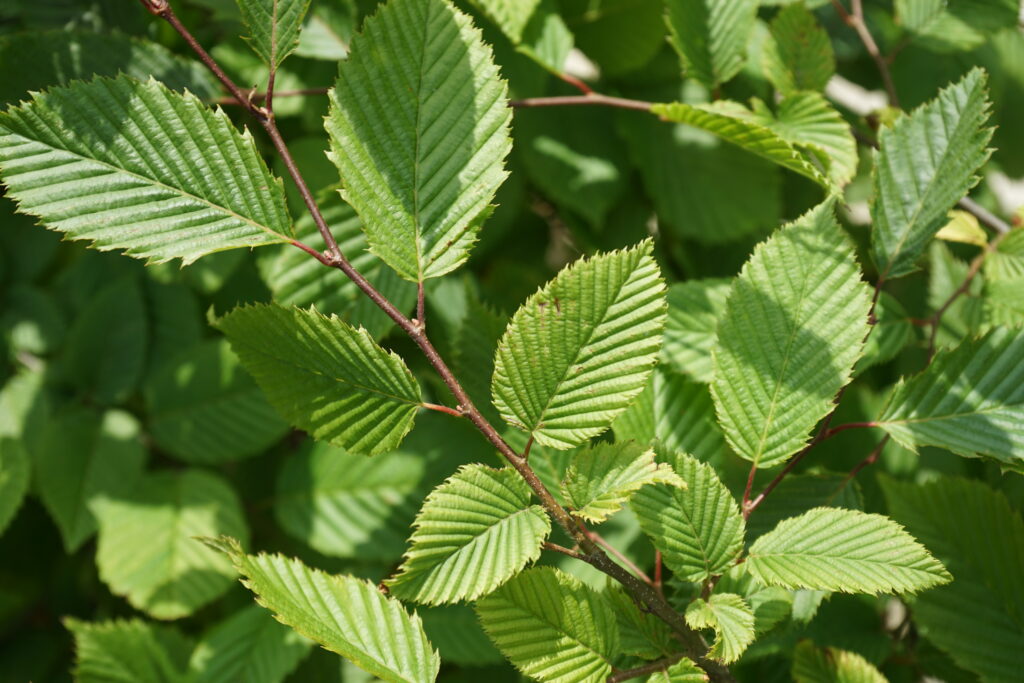
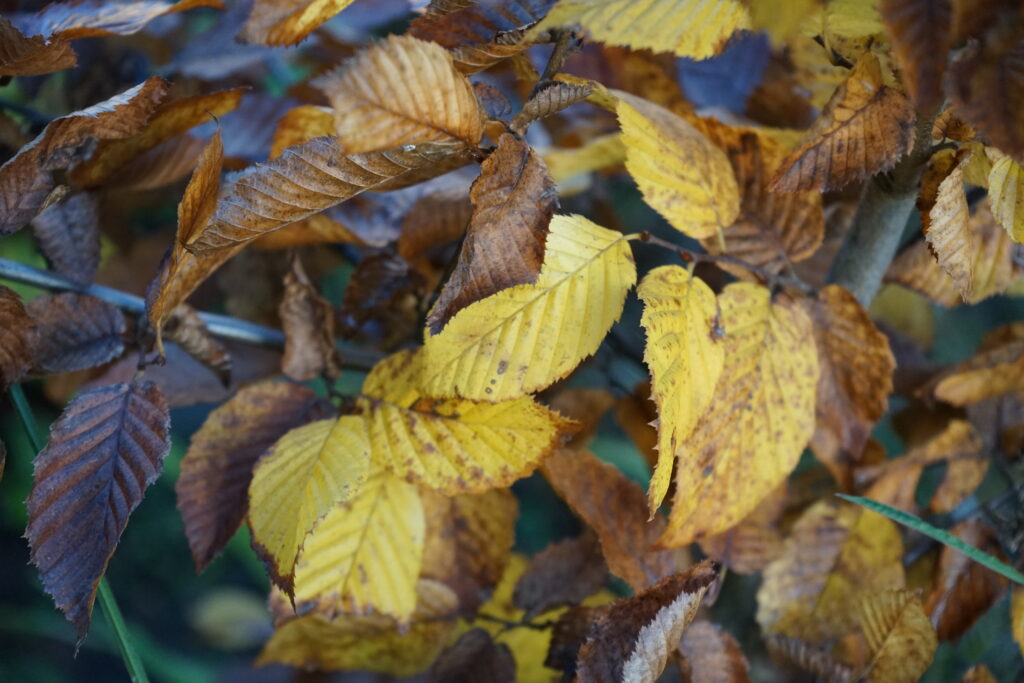
How to incorporate hedges into a design?
In order to successfully incorporate a hedge into your garden, you will need to make some important decisions. Having a clear idea about the hierarchy of priorities is key to achieving the desired effect. I would suggest following the three steps listed below in this particular order:
- Function – start with considering the function of hedges to be included in your garden before making any further decision. Why do you want to plant a hedge in the garden? Is it going to provide the main structure of the space, shelter from the wind or privacy from the neighbours? Once you know why you need hedging you will be in a better position to decide on the exact layout.
- Position – depending on its role, the hedge will be positioned either on the perimeter of you property as screening or it might play an integral part of the main garden space. Does it need to be low or tall, narrow or wide, solid or broken up into smaller blocks? Again, knowing the function of the particular stretch of hedging will help you make the right decisions regarding its position.
- Plant selection – once you have a clear idea of why and where the hedges are to be planted you can start thinking about the details. Some hedging plants are more suitable for certain uses than others. For example, a yew hedge can make a wonderful formal hedge which will provide shelter and privacy for many years to come. However, in a small garden it could look imposing and uninviting with its dark foliage and dense shade.
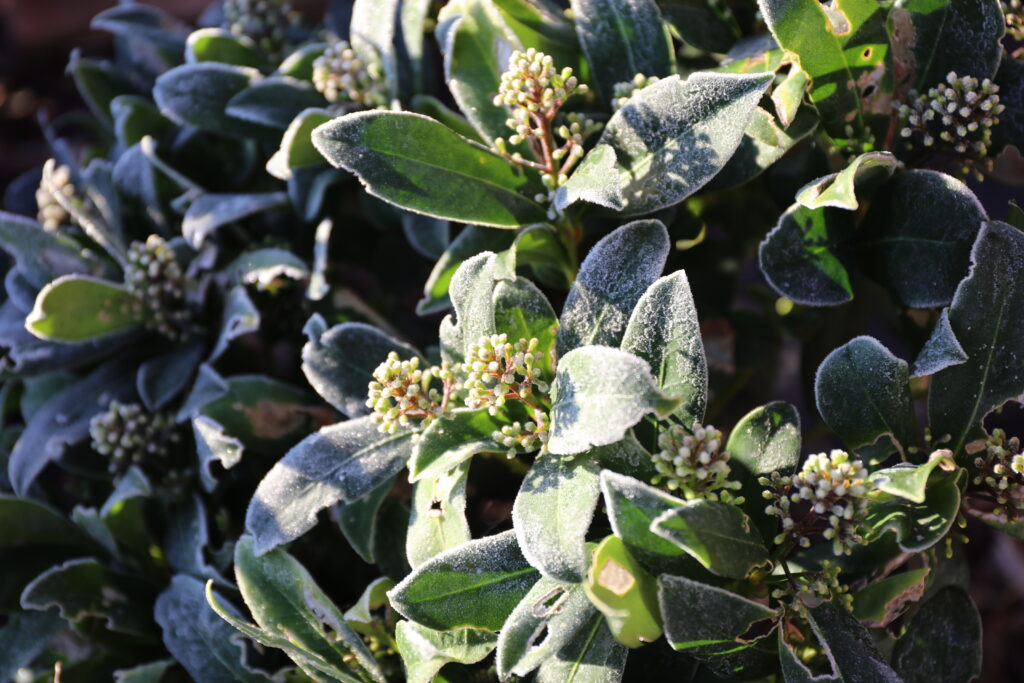
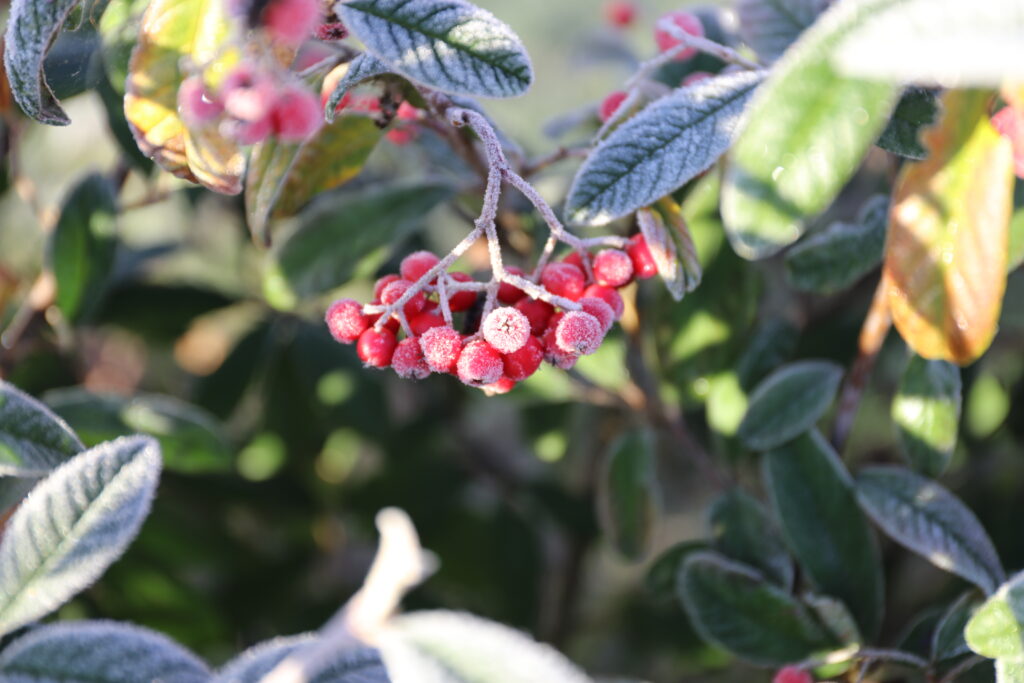
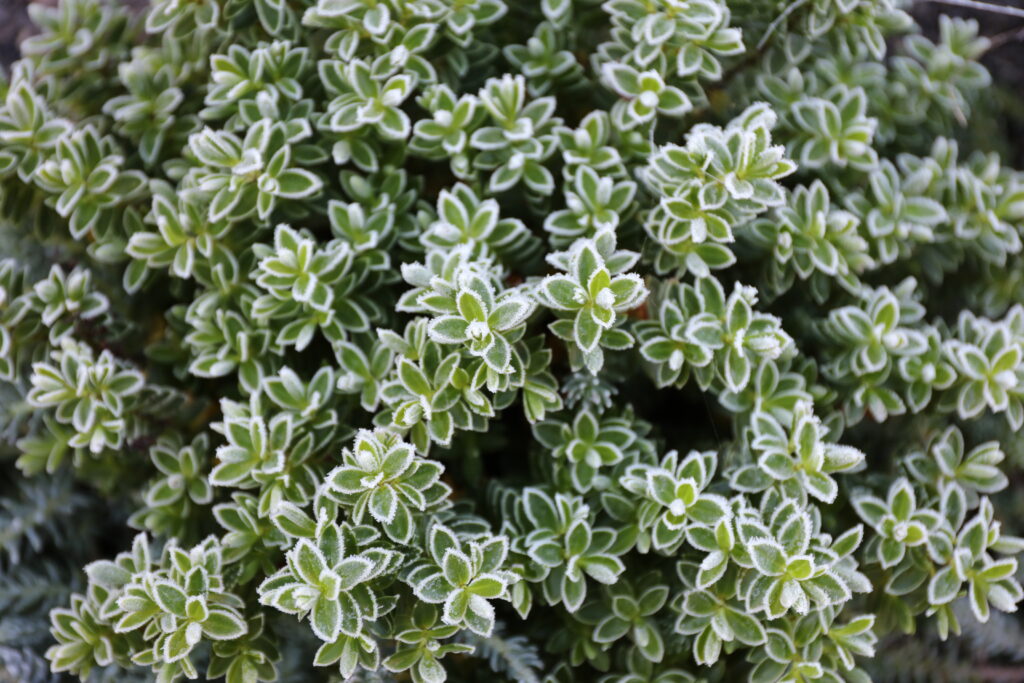
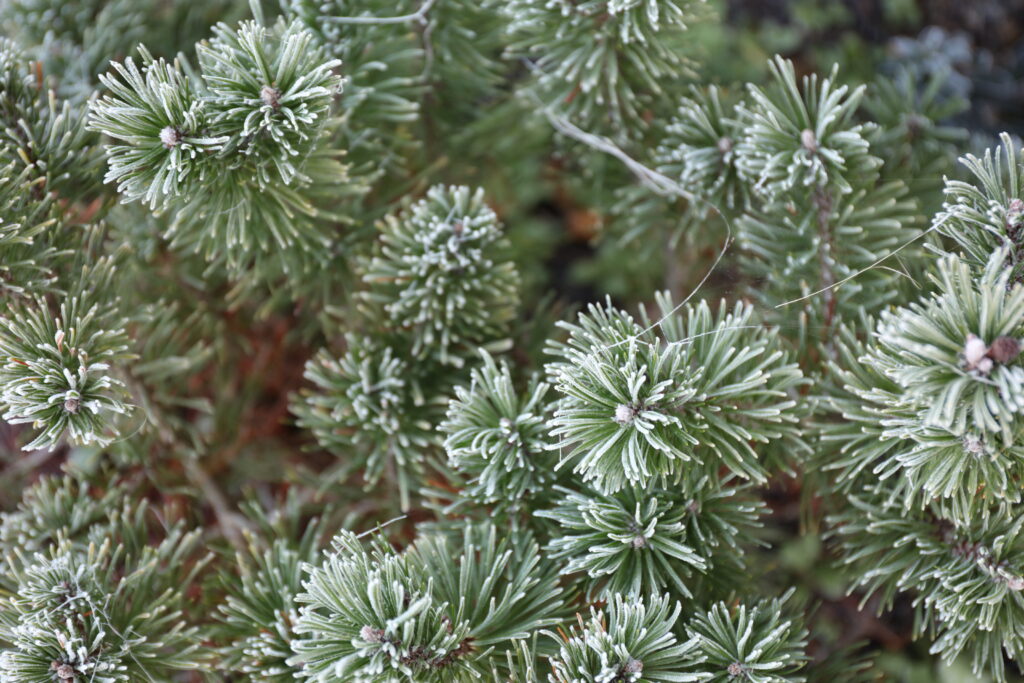
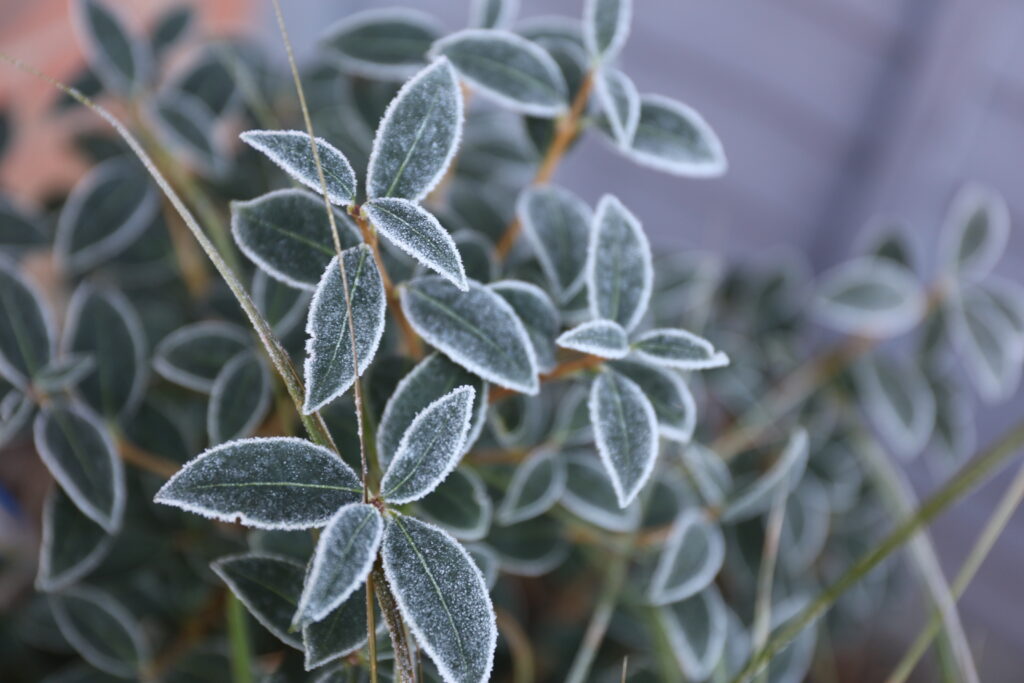

Things to consider…
As always, a thorough research will help you avoid the common pitfalls of choosing hedging plants and looking after them. Below I list some of the things to keep in mind regarding hedges. The advice available from RHS will give you even more confidence in implementing what you have learnt…
- Plant choice – a thorough guide to buying hedging plants suitable to your garden’s location, soil and microclimate – complete with plant lists
- Planting the hedge – guidance on the timing of planting for various hedge types and soil preparation
- Hedge maintenance – description of initial and subsequent maintenance required by different hedging plants
Top tips!
I often encourage experimentation and a relaxed approach to planting… However, hedges can be expensive to instal due to their sheer volume. You will normally need at least 3 young plants per linear meter of hedging. The number can be much higher depending on the required density and width of the hedge, as well as its position, size, and age of the plants used. So it’s a good idea to ensure that you have done your homework! Here are some suggestions and reminders to keep in mind:
- Make sure you have considered not only the aesthetic value of the hedging plants of your choice but also their function and suitability to local conditions
- Use hedges in a front garden to give it substance and year round appeal – flowering or fruiting hedge are especially useful here as they give the most value to a simple planting scheme
- Consider using hedges of various types and sizes if the size of your garden allows it. Layering hedge of different heights and textures can help to create a sense of depth in smaller gardens. In the smallest of gardens, you might want to use hedges sparingly, or maybe even only as topiary, such as yew or beech balls, cubes and pillars.
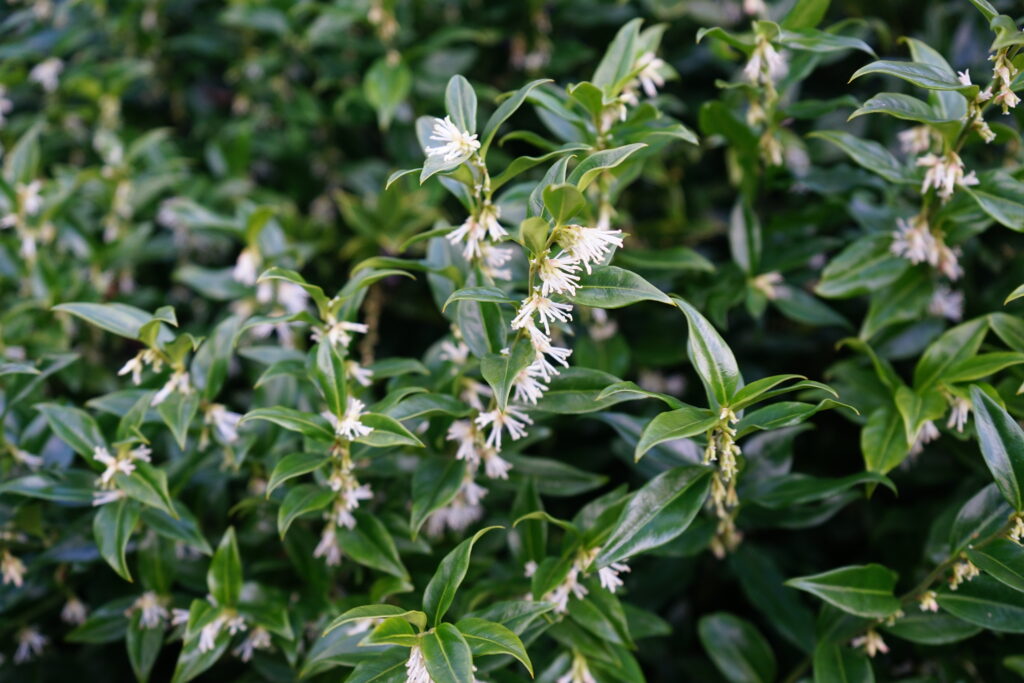
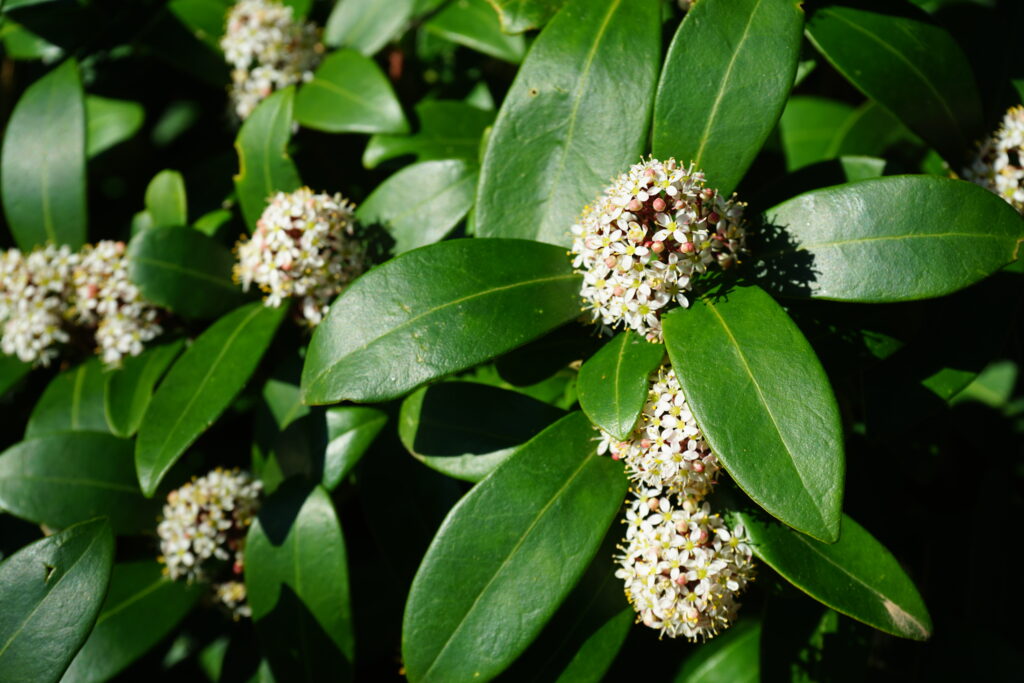
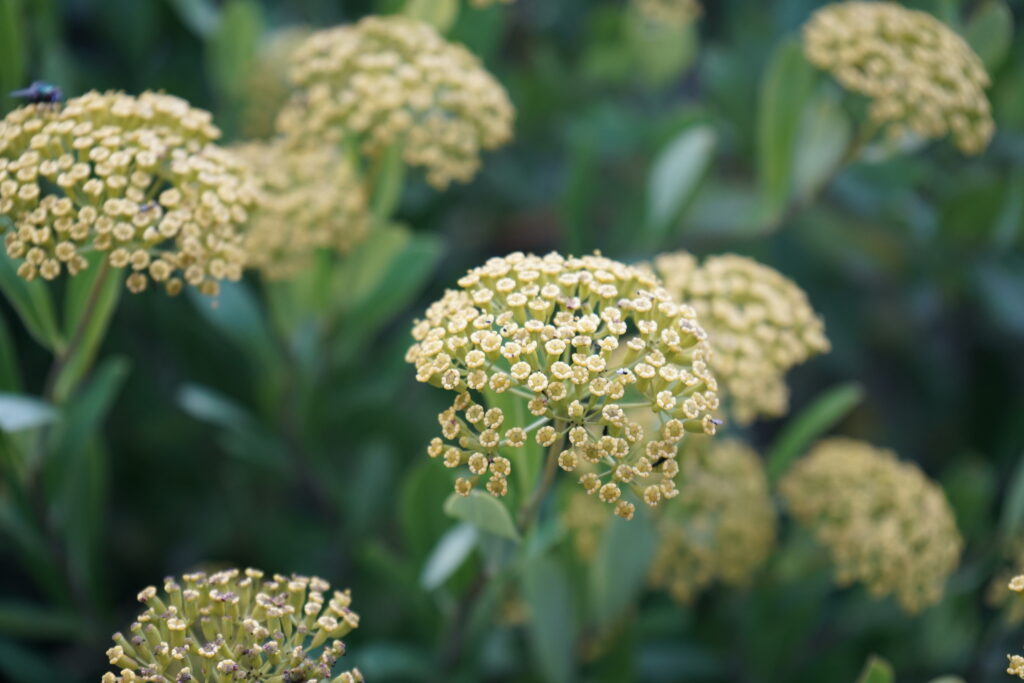
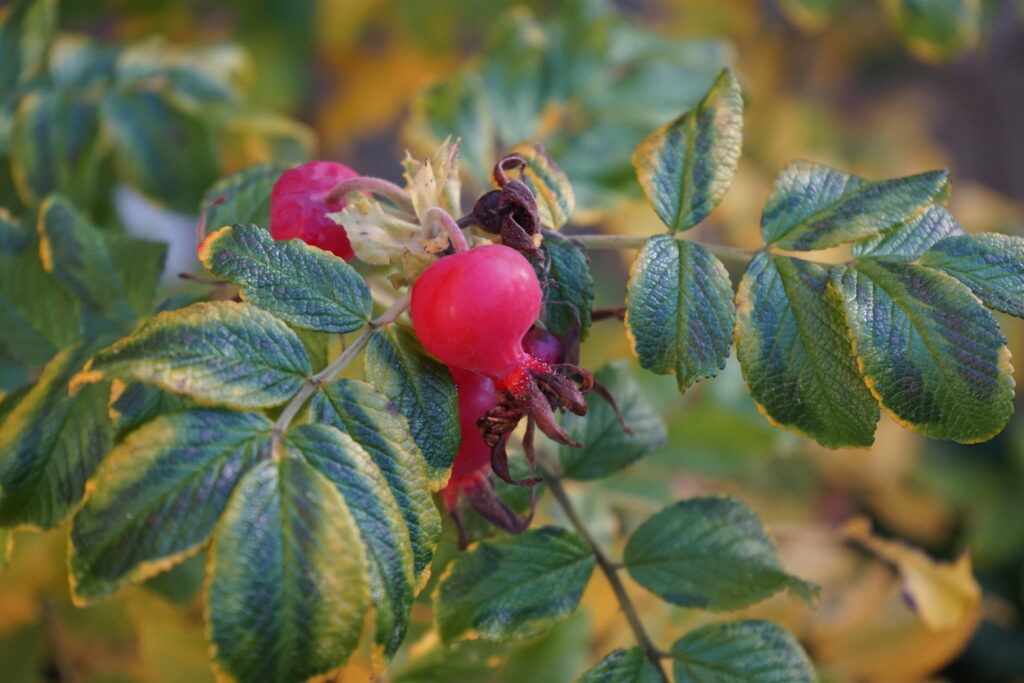
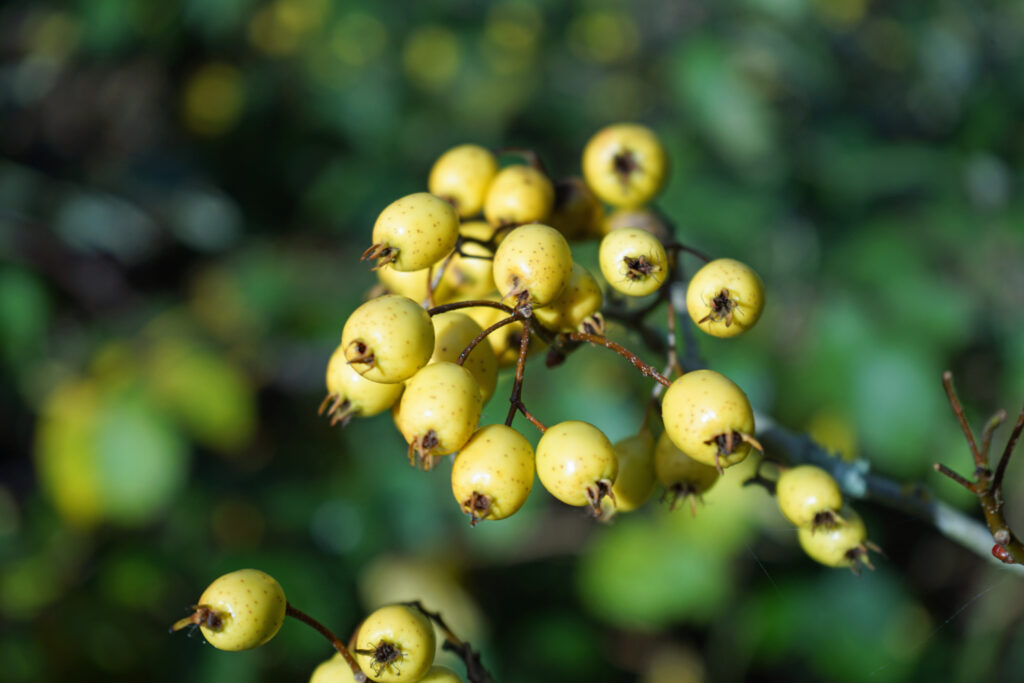
My favourite plants for a garden hedge…
You will need to be very selective in choosing plants to be used as a hedge. Every hedging plant will bring its unique character to your planting scheme. These are some of my favourite hedging plants for various situations and types of garden:
- Yew – slow growing, but drought and shade tolerant – it makes large hedges, perfect for creating privacy or dividing a larger garden into smaller rooms
- Hornbeam – creates an elegant deciduous hedge, ideal for a town or country garden of any size
- Blackthorn – a native thorny hedgerow plant, which is one of the first to flower in spring – the blue fruit makes delicious sloe gin! Only for the a larger country garden, though…
There is a very good reason why some plants are used extensively as hedging. And I would highly recommend having a close look at hedges wherever you go… Paying close attention to their overall shape and size, as well as leaf texture or flower colour will give you a good idea of which plants you might want to use in your own garden.
Hopefully after reading this post you feel more confident about planting hedges in your garden!
However, if you decided that hedges aren’t suitable to your outdoor space, you might want to consider planting a tree instead…
Contact us to arrange a consultation if you need help with planning your garden layout or planting scheme!

